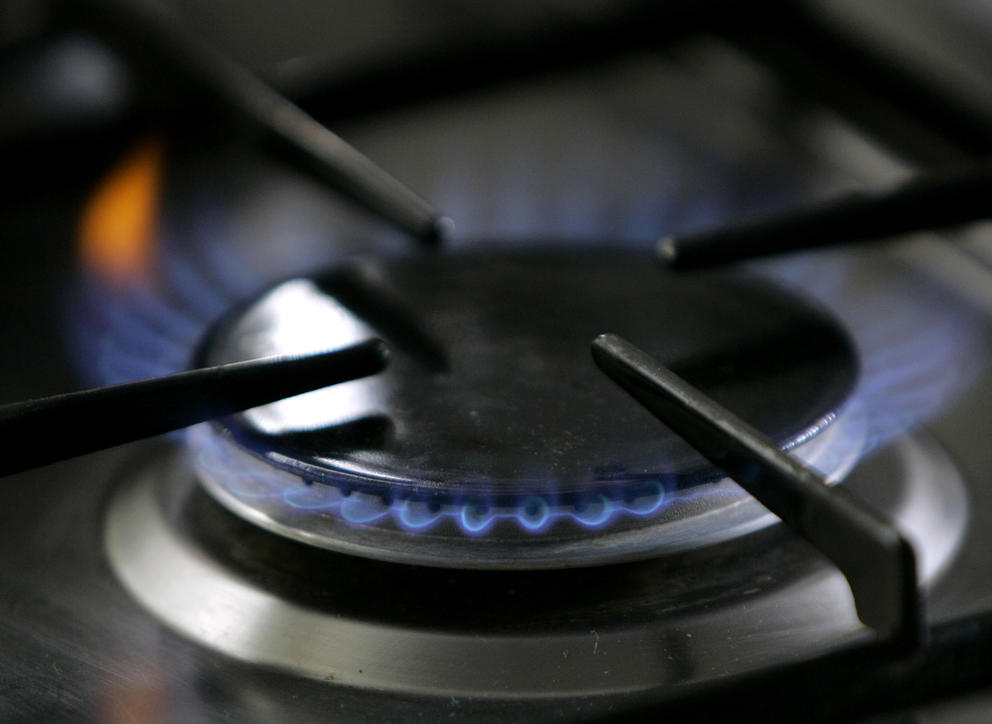In April, the 9th U.S. Circuit Court of Appeals struck down Berkeley, California’s first-in-the-nation ban on natural gas in new buildings. The ruling caused several cities across the 9th Circuit region, which spans 11 Western states and territories including California, Oregon and Washington, to suspend similar policies. Yet despite the setback, clean energy experts told Grist that governments still have plenty of options to electrify buildings. Cities and states like Seattle; Ashland, Oregon; and Washington are sidestepping Berkeley’s legal challenges by finding creative alternatives to banning gas outright — including by setting emissions targets, updating building codes, and restricting indoor air pollution.
“Elected officials’ and regulators’ resolve to address this issue has not gone away,” said Dylan Plummer, a senior field organizing strategist with the Sierra Club. “They just need to work through new avenues that are legally defensible.”
In 2019, Berkeley became the first city in the country to ban new buildings from connecting to natural gas lines. The California Restaurant Association quickly mobilized to file a lawsuit against the city for its policy, backed with more than $1 million in funding from SoCalGas, the nation’s largest gas distribution utility. In 2021, a federal district court ruled against the restaurant industry, but in April 2023, a panel of three judges on the 9th Circuit Court of Appeals overturned the lower court’s decision, shooting down Berkeley’s ordinance. The judges ruled that because national efficiency standards for appliances under the federal Energy Policy Conservation Act prevent cities and states from setting their own standards, local governments can’t ban infrastructure to prevent the use of fossil fuel-powered appliances.
“The decision does not make a lot of sense legally,” Jan Hasselman, a senior attorney at Earthjustice, wrote at the time. Since the ruling, other cities in California, including Encinitas, Santa Cruz and San Luis Obispo, have pulled back their own natural gas bans. Eugene, the first city in Oregon to adopt a natural gas ban modeling Berkeley’s, also suspended its ordinance in June. The Berkeley city attorney’s office has requested a rehearing of the case before 11 judges on the 9th Circuit, which could result in a new decision.
In the meantime, Hasselman told Grist that building emissions standards like the one passed in Seattle are one way for cities to dodge legal hurdles by avoiding an explicit ban on gas. The Seattle policy sets benchmarks that ramp up every five years for large buildings to reduce their greenhouse gas emissions, and lets building owners decide how they want to reach those standards. Theoretically they could hold onto their oil and gas appliances, though Plummer pointed out that avoiding electrification will likely become more and more difficult over time. Commercial buildings covered under Seattle’s new law must reach net-zero emissions by 2045 and multifamily buildings by 2050 — a requirement that would effectively require swapping out fossil fuel appliances for heat pumps and other electric options. (Carbon offsets purchased by utilities would be allowed to count toward buildings’ net-zero calculations.) A handful of other cities have also passed building performance standards to cut emissions, including Boston, New York and Washington, D.C.
Updating building energy codes is another viable way for cities to pursue electrification without running afoul of the 9th Circuit ruling, Hasselman said. Recent changes to Washington state’s building energy codes, which set minimum efficiency standards for buildings, will soon require new buildings to achieve the same energy performance as buildings that use electric heat pumps. Much like Seattle’s new building standards, the update does not explicitly require builders to install heat pumps, although “it also actively makes gas pretty impractical,” said Hasselman. The legal somersault was intentional: Washington state policymakers delayed and revised the new codes in response to the 9th Circuit’s ruling, since a previous draft would have mandated heat pump installation.
Creating stricter indoor air quality standards is another option to phase out fossil fuel appliances without explicitly banning them, Hasselman said. Ashland, Oregon, is currently considering setting maximum thresholds for indoor air pollutants like carbon dioxide, nitrogen oxide and methane emissions that would effectively eliminate the burning of fossil fuels in buildings. In March, California’s Bay Area Air Quality Management District, which regulates air pollution in nine counties in the San Francisco metropolitan area, adopted rules to phase out sales of gas furnaces and water heaters that produce nitrogen oxide emissions, citing health impacts including coughing, wheezing and a higher risk of asthma attacks.
Meanwhile, opposition from the gas industry continues to loom over the movement to “electrify everything.” In the past few years, at least 24 states have passed laws to prevent local governments from banning gas in buildings, galvanized by support from trade groups like the American Gas Association and gas utilities like Dominion Energy. In Eugene, Oregon, the gas utility NW Natural funded a highly coordinated campaign to oppose the city’s natural gas ban. But even with ongoing legal challenges and industry pushback, Hasselman said that Seattle’s new law “reflects how unstoppable the shift is towards electrification.”
“Momentum was slowed for a bit, but it’s picking back up as cities and local governments lead into the future, away from burning gas in homes,” he said. “And that is the future. It’s just a matter of how fast it’s going to happen.”
This article was originally published Dec. 19, 2023, by Grist.


